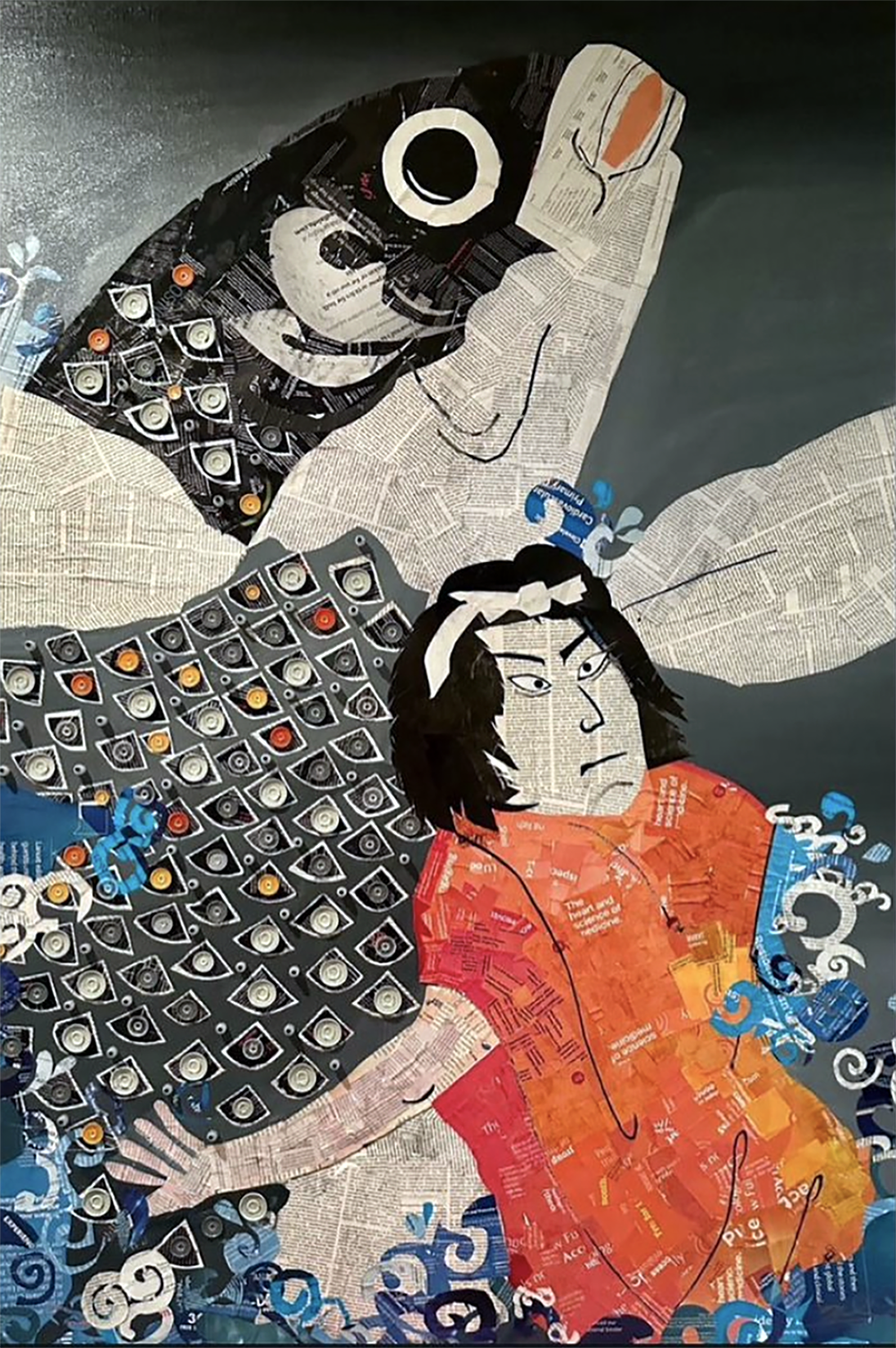Microplastics, fragments of plastic, have made their way into our waters, soils, foods, air, clouds, and even our human bodies. “We actually are consuming the equivalent of a credit card of plastic a week because of plastic packaging,” says Dr. Malini Gupta, endocrinologist and founder of G2Endo in Memphis. “Microplastics have been found in autopsies.”
As Gupta will tell you, that is as concerning as it sounds. “It does have effects on the endocrine system, especially in the thyroid and fertility,” she says, “and we now know that it has effects on the heart and on the eyes.”
The issue has been covered in the medical journals Gupta’s been mailed and the conferences she attends, and the research is ongoing. Yet the knowledge gained in these endeavors often does not reach those beyond the medical profession. “But it’s everybody else that we really need to make sure that we’re getting that word out to,” Gupta says. “Everybody, I think, has a role. It’s not going to be just one person. … We’ve got a lot of waste that we need to really focus on.”
For her part, Gupta hopes to bring awareness about the impact of microplastics to the Memphis public through her art. This weekend, she will open her Medicine Factory show, “Mottenai: Regret Over Medical Waste,” in which her mixed-media Japanese-inspired paintings will make use of non-hazardous medical waste, like medical journal pages, vial top lids, disposable contact lens cases — “anything that hasn’t touched human body fluids,” the endocrinologist says. Most of the non-recyclable materials have been donated by hospitals, other doctors, and her patients.
“In medicine, we tend to use a lot of disposable items,” Gupta says. “And a lot of that has plastic in it. For example, self-injecting insulin pens or Ozempic pens, those just end up in the landfill. And as an endocrinologist, we’re prescribing a lot of them. And as I had patients start to bring them back, I realized that we need to have better recycling of these plastics because the plastics break down into microplastics, which are endocrine-disrupting chemicals.”
While Gupta’s exhibit highlights medical waste, she hopes to increase how much viewers will think about the plastic waste in their everyday lives, not just medical waste, as established by her endorsement of the Japanese concept of “mottenai,” which urges people to reduce, reuse, and recycle. “That’s why the paintings have a Japanese theme,” she says.
Another reason for the Japanese influence, Gupta says, is that “a lot of Japanese scientists have contributed greatly to endocrinology,” her love for which helps cultivate her artistic passions. “I love what I do in endocrinology,” she says. “And one of the reasons I do art is to increase awareness of endocrine issues. … People learn in different ways, and we have so much education to do in the sciences.”
Gupta’s show at the Medicine Factory will be on display December 2nd through 16th. Follow Gupta on Instagram (@g2endo), where you will also find her anatomical diagrams made of food.
“Mottenai: Regret Over Medical Waste” Opening Reception, Medicine Factory, 85 Virginia Ave. West, Saturday, December 2, 5-7 p.m.
